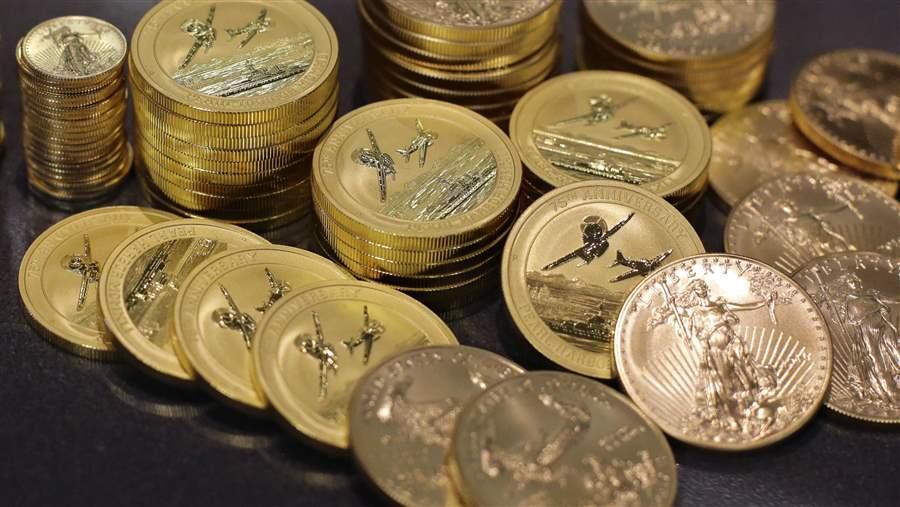By MARSHA MERCER
At the first Labor Day parade on Tuesday, Sept. 5, 1882, about 10,000
working men carrying banners marched alongside musical bands through the
streets of New York City.
The workers were orderly and cheerful, “having the recreations of a beer
garden in prospect,” The New York Times reported. Among their long-term dreams that
day was something we take for granted: an eight-hour work day.
The size of the crowd was disappointing – union leaders had predicted 20,000
or more would show up – but Labor Day caught on. Unions in other cities sponsored
Labor Day parades and speeches to air their grievances. The first state to
declare an official Labor Day holiday was Oregon in 1887. Other states
followed.
Were it not for President Grover Cleveland, though, many of us still might
be toiling the first Monday in September.
Cleveland, you recall, was our 22nd and 24th
president, the only one elected to two non-consecutive terms, in 1884 and 1892.
The first Democratic president since the Civil War, he was the first to have a White
House wedding. His bride was the beautiful Frances Folsom, 21 years old, 27
years his junior.
Politically and socially conservative, he opposed women’s suffrage on the
grounds that God created men and women to have different places in the world
and women’s didn’t include voting. But I digress.
He was also no fan of the turbulent labor movement, so it’s ironic that
we have him to thank for the federal Labor Day holiday.
In 1894, the Pullman Palace Car strike paralyzed the nation. Workers who
made the luxury sleeper cars walked out after they suffered a severe pay cut
but no reduction in their rent on company-owned homes in the company town of
Pullman, Illinois, outside Chicago.
The workers appealed to the American Railway Union led by Eugene V. Debs,
who asked his members not to handle Pullman cars, which were in passenger
trains all over the country.
The strike spread to 27 states and 150,000 workers. Strikers derailed and
burned rail cars, hobbling rail service. When the U.S. mail was stopped,
Cleveland stepped in.
Over the objection of the Illinois governor who wanted no federal troops,
Cleveland ordered 12,000 armed federal troops to Pullman to break up the
strike. In the riots and chaos that ensued, it’s not clear how many people were
killed. Estimates range from about a dozen to more than 30.
Cleveland was running for re-election in 1896 and wanted to make amends
with union members and other angry
voters. A bill to create a federal Labor Day holiday had languished in Congress
for years. He rushed it through Congress in six days. It passed without a
single objection.
“So long as the laboring man can feel that he holds an honorable as well
as a useful place in the body politic, so long will he be a loyal and faithful
citizen,” said the House Committee on Labor’s report on the bill.
Critics saw the new holiday as nothing more than a sop for unions, but it
was popular.
“Labor unions in cities such as Boston, Nashville and St. Louis
celebrated with parades and picnics. Large turnouts in Chicago (30,000) and
Baltimore (10,000) underscored the holiday’s popularity,” according to a House history.
But it didn’t help Cleveland. He lost his re-election bid.
Much has changed over the years. Unions have been in decline for decades.
Only about 11 percent of American workers belonged to labor unions last year,
down from 20 percent in 1983.
In Virginia, about 4 percent of workers were union members last year, according
to the Bureau of Labor Statistics.
Conservatives aim to curb union power further. Republicans in the House
Education and Workforce Committee unanimously approved three bills June 29 they
said would bring fairness to the workplace. Democrats said the bills would make
it more difficult for unions to organize workers.
For us, Labor Day weekend is less to honor the working man and woman than
to celebrate at the unofficial end of summer, although, we too may have “the
recreations of a beer garden in prospect.”
Happy Labor Day.
©2017 Marsha Mercer. All rights reserved.
30

